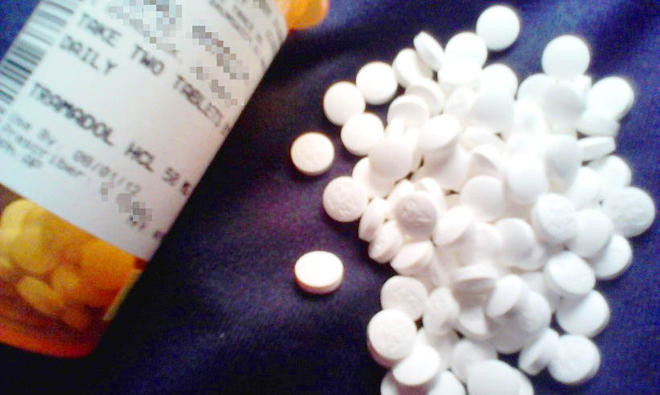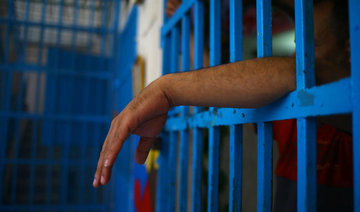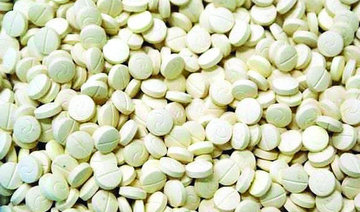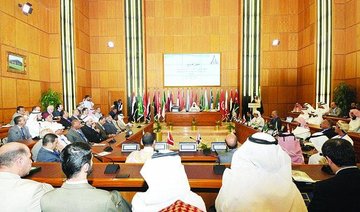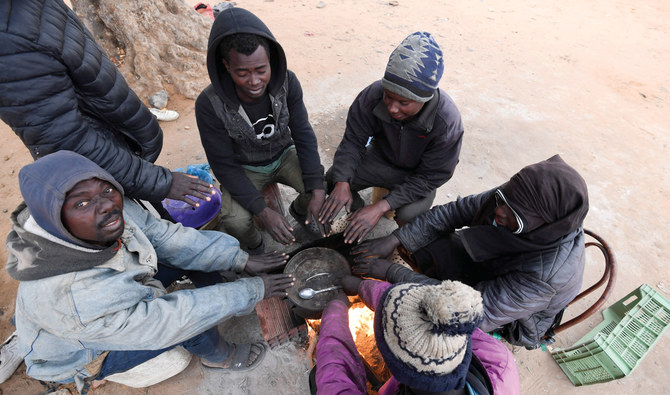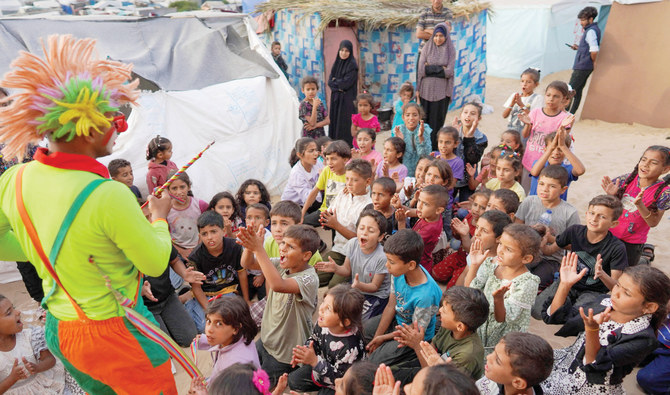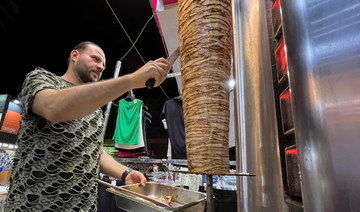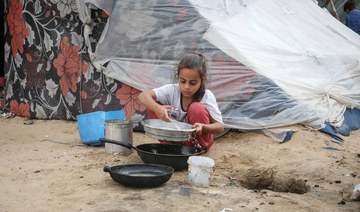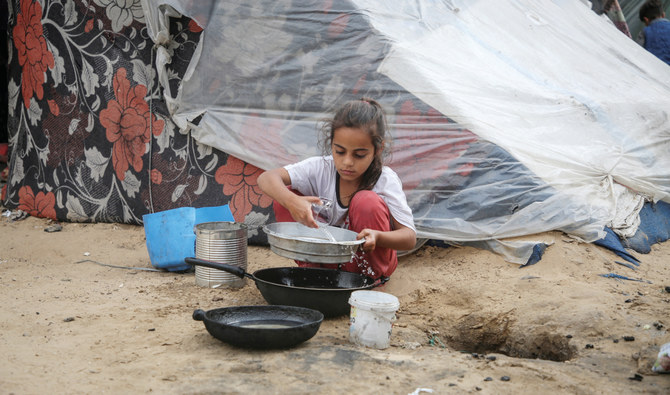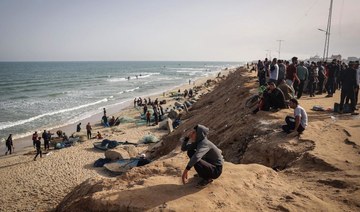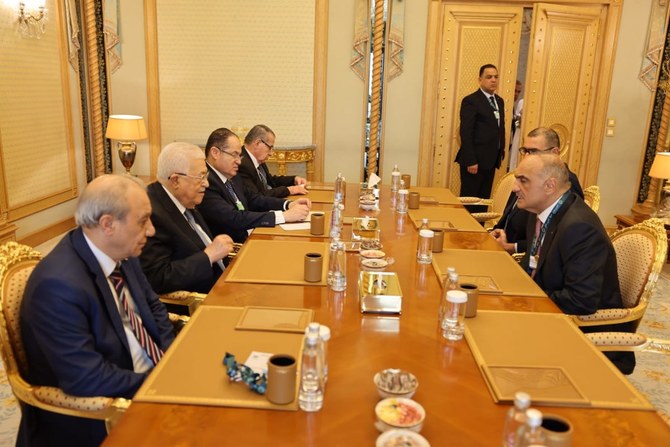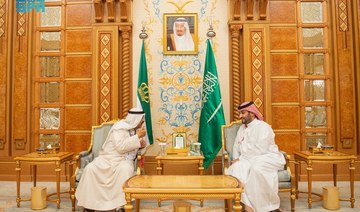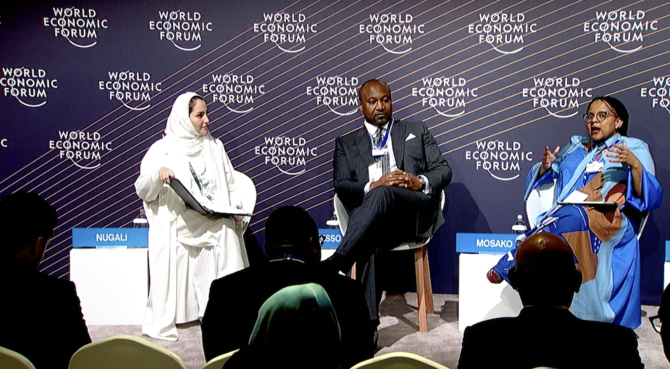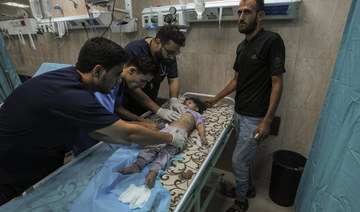GIZA: “Everyone does it,” admitted Sherif, a 20-year-old university student based in the upscale neighborhood of Sheikh Zayed City in Giza, Egypt.
“There’s not much to do here,” he said, adding that he and his friends “do cocaine or MDMA (a psychoactive drug) on the weekends and continue our lives as normal during the week.”
Egypt has a growing drug problem that officials are struggling to stem. The casual approach displayed by Sherif, who spoke using a fake name, highlights the challenges faced in trying to bring it under control.
Egypt’s Minister of Social Solidarity Ghada Wali said last month that the rate of drug addiction in Egypt had reached 10 percent (9.6 million people) and is twice the global rates.
A report by her department last year found nearly 8 percent of high school students abused drugs.
The numbers appear to have risen dramatically over the last ten years. Narconon, a worldwide rehabilitation organization, claims only between 600,000 and 800,000 people were addicted to drugs in 2007.
“The percentage of people in Egypt that are under 35 make up around 40 percent of the population. If such a huge number of them are addicted, this means the future of Egypt is in danger,” Amr Othman, head of the Egyptian Center for the Prevention and Treatment of Addiction, told Arab News.
“This is why the country should have serious programs and plans to fight this threat.”
Othman said they had already started media campaigns against drug use, with some featuring footballer Mohammed Salah and actor Mohammed Ramadan and “direct communication with youth in schools and universities.”
But the increase in drug use is not just hitting the usual demographics.
A study last year by Egypt’s Fund for Drug Control and Treatment showed that of the 10 percent of Egyptians who take drugs, 27.5 percent are female and 24 percent are drivers who rely on drugs to stay awake longer. About 10 percent are children or youths within the 12-19 age group.
According to the fund, nearly 38 percent take drugs for experimentation, while 25 percent do so for creativity. Peer pressure also plays a part, with 36.6 percent using drugs for social acceptance, while 29 percent doing so because others dare them to.
The more affluent are also part of the drug problem, being the main consumers of higher end drugs such as cocaine, heroin, imported cannabis and ecstasy.
“It’s not like I’m an addict,” Sherif, the university student, said defensively. “We don’t have that many bars, and even the ones we have are incredibly expensive. I also don’t want to sit in cafes like when I was 14 years old, it’s boring.”
The most commonly abused drug is the prescription-only painkiller tramadol — sometimes used as a cheap alternative to heroin.
More than half used tramadol, 26 percent used heroin and 23.3 percent cannabis, according to the study.
The highest concentration of drug users are in Cairo and Giza, accounting for over 52 percent, said Egypt’s Ministry of Social Solidarity, an unsurprising statistic considering these areas are home to some of the biggest slums on the world.
Unemployment and lack of police monitoring contribute to the drug problem, with most being addicted to glue sniffing, hashish and tramadol.
Part of Egypt’s strategy for tackling the drug problem is to cut off supply, in hope that demand will eventually dwindle.
But this is no easy task as the country has multiple international entry points including the Red Sea, Mediterranean Sea, airports with lax monitoring and the border between Gaza and Egypt. The latter is especially difficult to monitor due to the conflict in Palestine.
Egypt also serves as a transit point for transnational shipments of narcotics from Africa to Europe, according to the 2016 International Narcotics Control Strategy Report.
The country’s illegal drug trade reached 400 billion Egyptian pounds (over $22 billion) last year — the equivalent of half the state budget, according to Hanan Girgis, Operations Director of the Egyptian Center for Public Opinion Research.
There are also very strict laws against drugs which vary from drug to drug. Possession of a small amount of cannabis, for example, leads to a shorter prison sentence whereas heroin and cocaine lead to longer sentence. The length is at the discretion of the judge, and there are no real set times. Larger quantities however can be perceived as dealing, and lead to 25 years behind bars. Drug trafficking is punishable by death.
Efforts to rehabilitate addicts are ongoing, with the government helping to establish the Center for the Treatment of Addiction. Its vision is to have an addiction treatment center in each governorate, and free treatment for patients to help them recover.
Wali, the Minister of Social Solidarity, said the strategy emphasized geographical expansion to all governorates, having already expanded from 10 centers to 21 drug treatment centers.
Those efforts have already seen results.
Wali said in February the hotlines in 12 different counties helped 104,000 addicts benefit from treatment and rehabilitation services over the last year — a 20 percent improvement from 2016. Last year, 8 percent of the beneficiaries of the hotline were female, compared to only 4 percent in 2016.
But even as the government is working to stem the problem of drugs, tobacco merchants have launched a movement attempting to legalize cannabis. They say it would both reduce the drug problem and benefit the economy.
“Imposing 10 percent taxes on hash sales could generate 5 billion Egyptian pounds in state revenues every year,” said Osama Salama, Head of the Cairo and Giza Tobacco Merchants Association.


